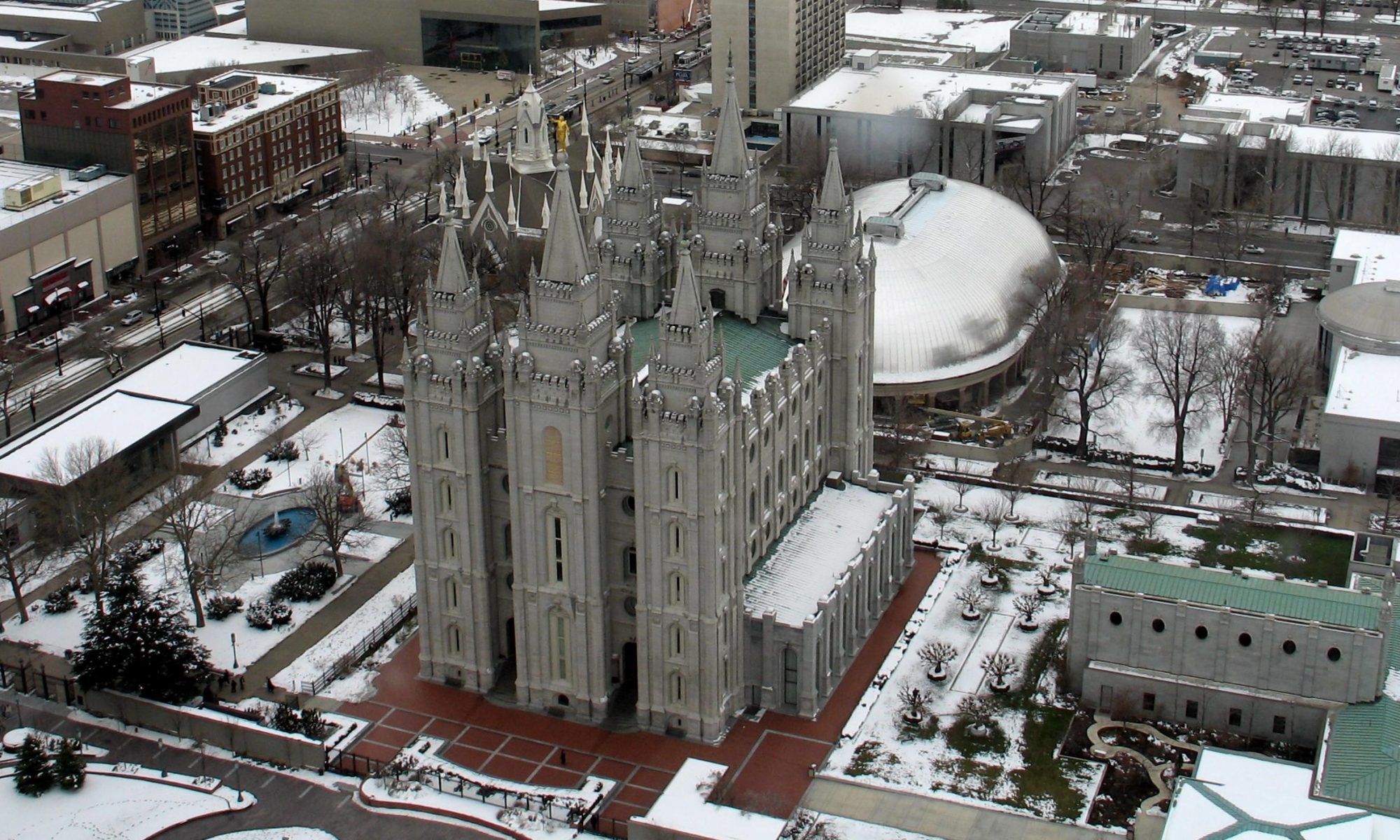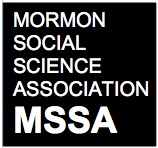A: Several members of the MSSA responded to this question. Here are their responses:
Ethan Yorgason:
I don’t know what’s been done from a legalistic standpoint. But on the issue of the cultural stereotypes that might be behind any concrete instances of discrimination, there’s been plenty. Terryl Given’s Viper in the Hearth is probably the most sustained treatment of how such stereotypes are rooted in religious impulses. But see also the work of Jan Shipps (Sojourner in the Promised Land gives a good sampling), Chiung Hwang Chen (including work I did with her on Mormons as a model minority, etc.), Gary Bunker & Davis Bitton (on pictorial images historically), and many more. If the person asking is interested, I can provide several more references along these lines.
Michael McBride:
You may want to check the bibliography on the MSSA website. Several sections of Armand Mauss’s bibliography would be helpful, including section 16 (Media and Public Images of Mormons and/or the Mormon Church) and Section 21 (Anti-Mormon Organization and Activities).
Armand Mauss:
If you are looking for a bibliography of anti-Mormon literature, you should start with pp. 483-87 of Studies in Mormon History, 1830-1997 (University of Illinois Press, 2000), compiled by James B. Allen, Ronald W. Walker, and David J. Whittaker. This reference work will be found, I believe, in most university libraries now. National U. S. attitudes toward Mormons are assessed in an article of March 2, 2007, by Frank Newport, from Gallup data.
Michael Nielsen:
There are also a couple of cases that were in the news recently. One involved a student at the U. of Utah who charged that the curriculum (theatre program) was biased against LDS values. Here is one of the court judgments:
http://www.kscourts.org/ca10/cases/2004/02/01-4176.htm
Another, more famous, court case involved Mormon and Catholic families who sued a Texas school district over religious bias. The school prayed before football games and other school events, but the prayers were very clearly limited to Baptist (or perhaps a more general evangelical) orientation. I’m sure that there are more details of the judgment available than this summary that I found on a Mormon news site, but this will get you started:
http://www.mormonstoday.com/000625/N1SchoolPrayer01.shtml
Finally, anecdotal evidence of bias against Mormonism is found in places such as this internet discussion board http://www.timesandseasons.org/?p=3755 Of course, anecdotal evidence may not be very valuable for your purposes, but it is an interesting illustration of people’s perception of the question.
Jan Shipps:
The chapters in my Sojourner in the Promised Land that deal with perceptions of the Latter-day Saints reflect a careful thoroughly systematic consideration of this dimension of religious discrimination. But what about real honest-to-God discrimination when missionaries are murdered and, probably lots more common, LDS people get passed over for jobs, et cetera? I’m not sure who has done the best study of this dimension of discrimination. Still, I think it will be helpful to make a distinction between what might be described as passive and active discrimination. We all know the history of active discrimination: the Missouri Mormon War, Haun’s Mill, etc and about the Utah War, the Raid, etc. In connection with my current book project (What’s Happened to the Mormons since World War II), I’ll be very interested in references to active discrimination that has occurred in the past half century, especially active discrimination that can be documented.
Mel Hammarberg:
In addition to the other references, there is an entry under “Anti-Mormon publications” in the Church and Society volume of selections from the Encyclopedia of Mormonism, edited by Daniel Ludlow (1992), pp. 16-27.

